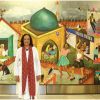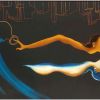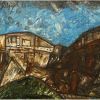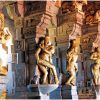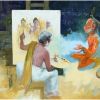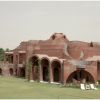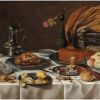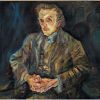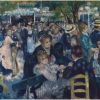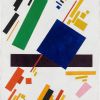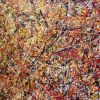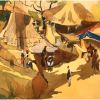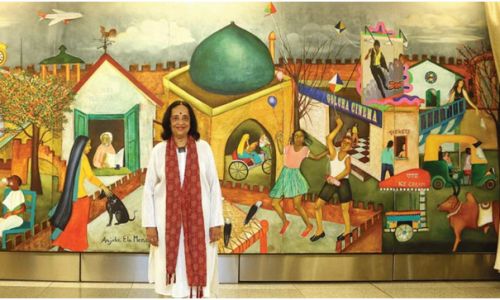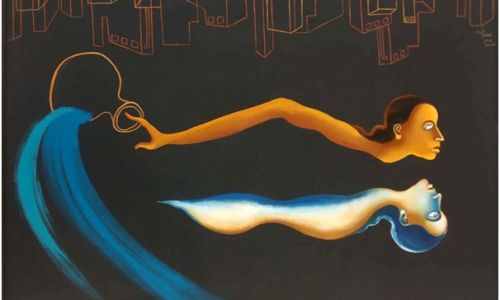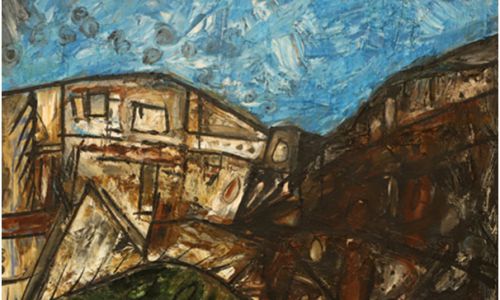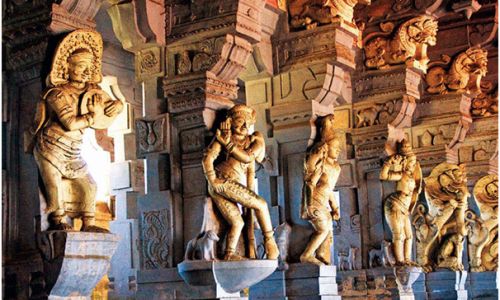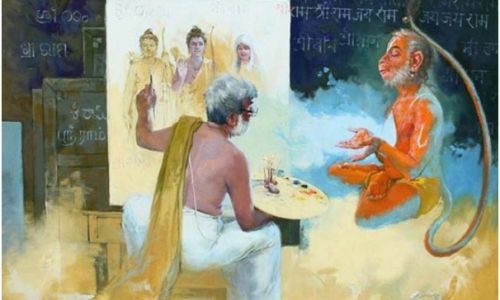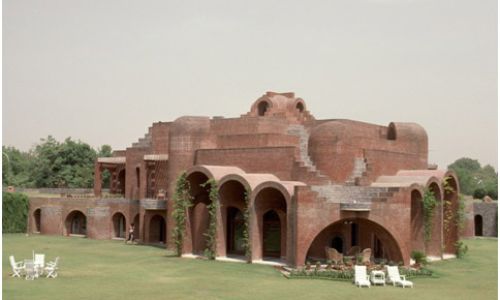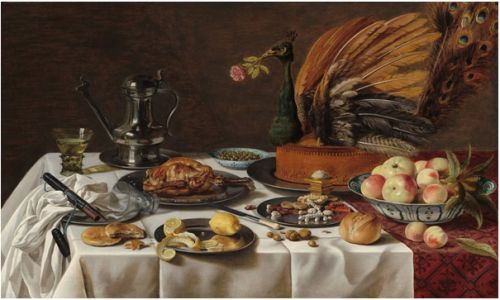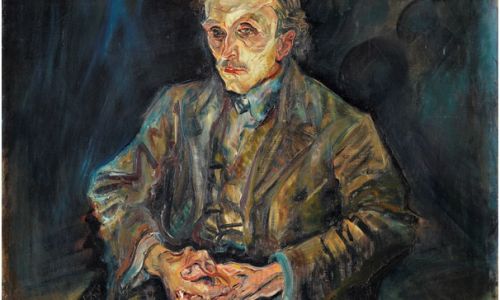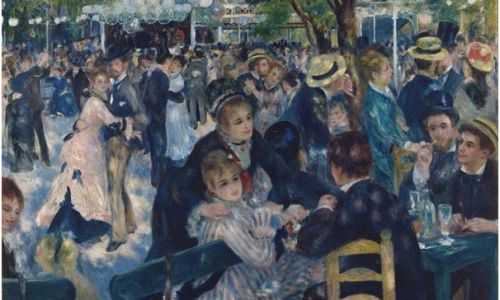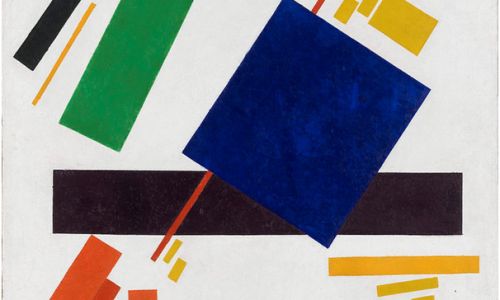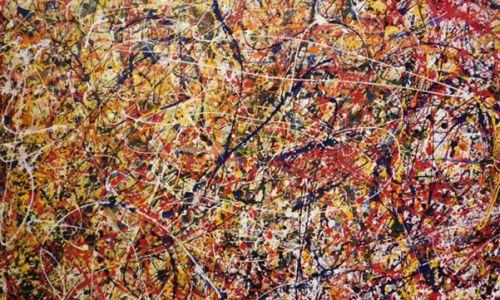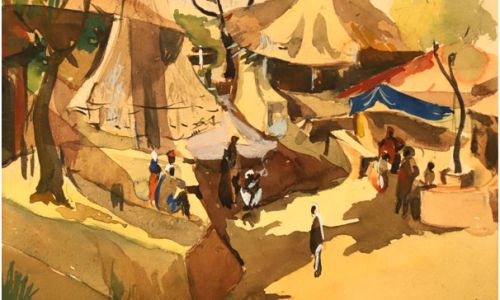Tribal art of India
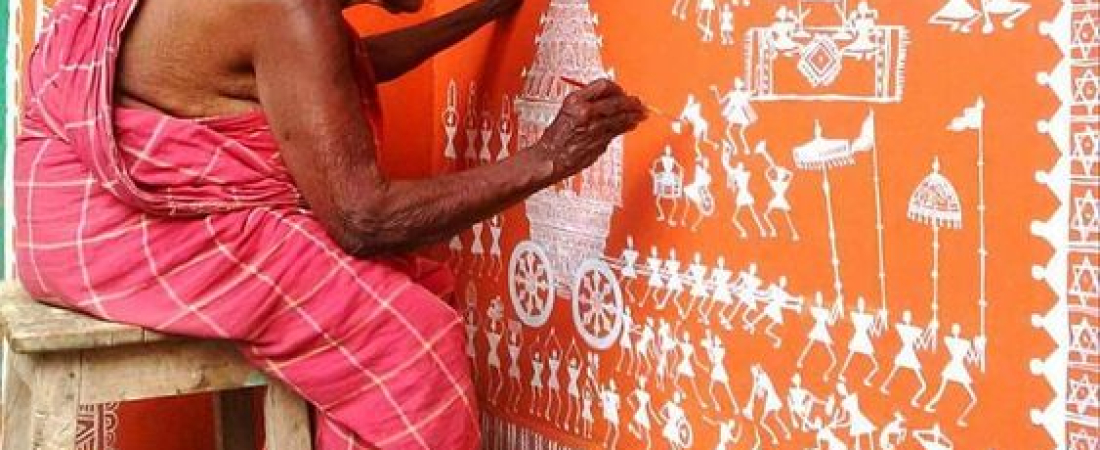
India is home to more than 2500 tribes and ethnic groups . The rich diversity of these groups have contributed many art forms including folk and tribal art. Some of the famous tribal art forms of India are: Warli paintings, Bhil and Gond painting, Santhal painting, Madhubani Paintings of Bihar, Saora paintings of Odisha, and Pithoro paintings of Gujrat. These tribal art forms are very ethnic and simple. They are mainly practised by their tribe members and they bear distinctive colourful designs and often portray myths and legends of local heroes and their deities.
Warli Paintings
 Warli paintings come from the Warlis tribe principally found in “Thane” district in the state of
Warli paintings come from the Warlis tribe principally found in “Thane” district in the state of
Maharashtra. The theme
of Warli painting is not mythological but rather activities of daily life like hunting, harvesting, dancing and sowing.
Unlike other art forms, their colours are not so bright. They usually use
red, yellow and white as primary colours for their paintings. At its basic level, Warli Art is made of a circle, a triangle and a square. Owing to their lifestyle, their basic inspiration comes from the nature. Due to their linear nature and monochromatic hues, one can find a lot of similarity with the pre-historic cave paintings.
Gond Paintings
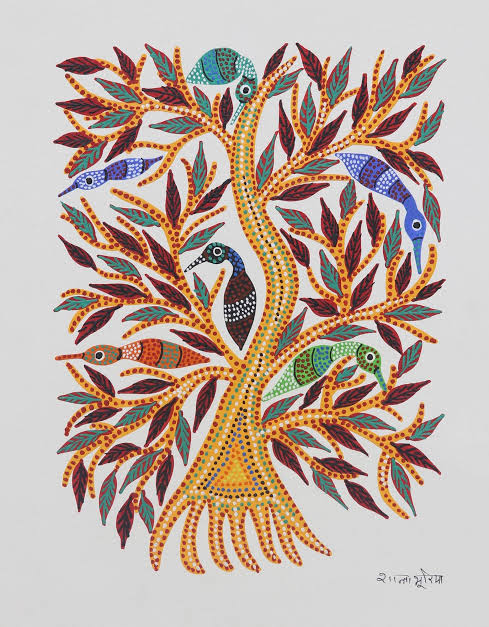 Gond paintings are drawn by village people of Gond tribes living in the district Mandla in Madhya Pradesh. The theme of paintings is mostly drawn from folktales
Gond paintings are drawn by village people of Gond tribes living in the district Mandla in Madhya Pradesh. The theme of paintings is mostly drawn from folktales
and Gond mythology therefore these paintings are not mere decorations but also instant expressions of their religious sentiments and devotions.
One of the striking feature of Gond paintings is the use of bright colours such as white, red, blue and yellow to paint the horses, elephants, tigers, birds, gods, men and objects of daily
life. The colours are usually derived naturally from objects such as charcoal, coloured soil, plant sap, leaves and even cow dung. Paintings are made by placing dots over the dots in upward, downward and sideways to create final pictures.
Santhal painting
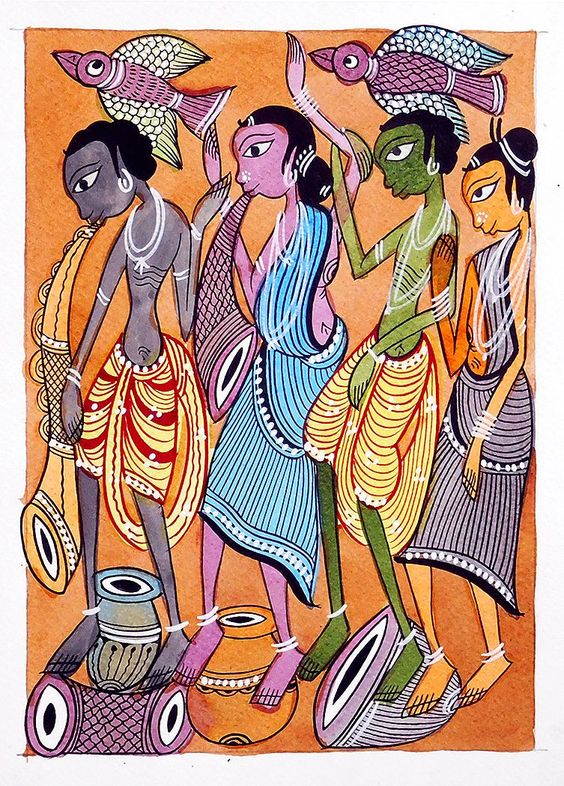 Santhal Paintings have its origin that dates back to pre- aryan period . They are drawn by a special community called Jadu Patua or magic painters in the Santhal Paragana district of Bengal/Bihar borders. These paintings cover simple themes like wedding, harvest, music and daily rituals . These paintings
Santhal Paintings have its origin that dates back to pre- aryan period . They are drawn by a special community called Jadu Patua or magic painters in the Santhal Paragana district of Bengal/Bihar borders. These paintings cover simple themes like wedding, harvest, music and daily rituals . These paintings
predominantly uses Human figures design. The figures are dramatic yet realistic and
symmetrical. These paintings use handmade paper which is sometimes backed by cloth based canvas. The colour used in these paintings are derived from Natural vegetables.
Madhubani Painting
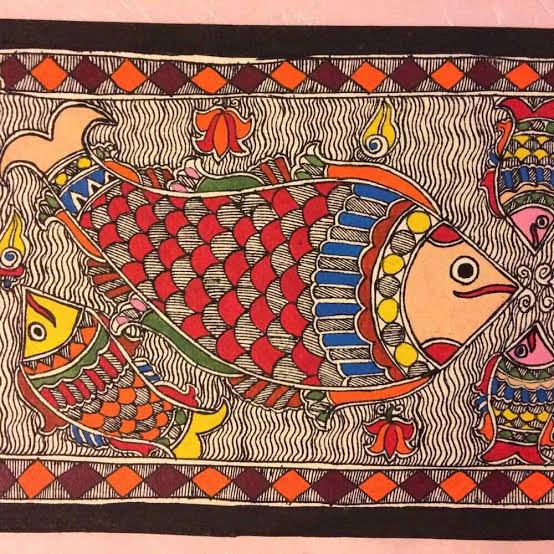 Madhubani painting is practiced in Mithila region of India (especially Bihar) and Nepal. Main practitioners are women from the villages who draw on freshly plastered mud walls of their home as illustration of their thoughts, hopes and dreams using fingers and twigs forming
Madhubani painting is practiced in Mithila region of India (especially Bihar) and Nepal. Main practitioners are women from the villages who draw on freshly plastered mud walls of their home as illustration of their thoughts, hopes and dreams using fingers and twigs forming
two dimensional imagery using paste of powdered rice. It also uses colours derived from vegetables and plants. The central themes of Mithila paintings are based on Hindu Gods and Goddesses. Use of
traditional geometric patterns double line border, abstract-like figures of deities,
ornate floral patterns, bold use of colours and bulging eyes and jolting nose of faces of figures are some of the striking elements of this painting.
Bhil Painting
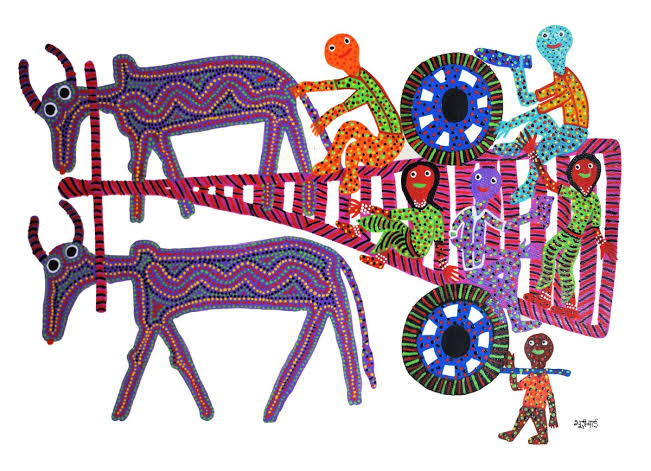 Practitioners of Bhil painting forms the second largest community of India residing in the state of Madhya Pradesh, Gujrat , Rajasthan and Maharashtra. Bhil painting is characterised by the use of multi-coloured dots as in-filling . Some of the famous names representing these paintings are: Bhuri Bai being the first Bhil artist to paint using readymade colours and paper. Other known Bhil artists include , Lado bhai , Sher Singh, Ram Singh and Dubu Bariya. The themes of Bhil Art is born out of an ancient connection with nature. Legends and lore occupy major part in the Bhil
Practitioners of Bhil painting forms the second largest community of India residing in the state of Madhya Pradesh, Gujrat , Rajasthan and Maharashtra. Bhil painting is characterised by the use of multi-coloured dots as in-filling . Some of the famous names representing these paintings are: Bhuri Bai being the first Bhil artist to paint using readymade colours and paper. Other known Bhil artists include , Lado bhai , Sher Singh, Ram Singh and Dubu Bariya. The themes of Bhil Art is born out of an ancient connection with nature. Legends and lore occupy major part in the Bhil
paintings. Images would be painted with neem sticks and other twigs, and natural dyes would be used. Turmeric, flour, vegetables, leaves and oil were used to derive brilliant colours. Bhil paintings usually consist of large, un-lifelike shapes of everyday characters filled in with earthy, yet bright colours, and then covered with an overlay of uniform
dots in several patterns and colours that stand out strikingly against the background. Significant feature of Bhil art is the use of the dots that are not random. They are patterns that could be made to represent anything that the artists wish to, from ancestors to deities. Very often dot patterns can be counted as the artist’s signature style.
Saora paintings of Orissa:
 Saora paintings is drawn by the saora tribe inhabiting the hilly area of the koraput, Gunpur, Ganjam and Gajapati districts of south Orissa. The paintings of the saora community are linked to the healing process for disease, safe childbirth and other life events. The Sun, moon, icons of the tutelary spirits, and ghosts, form the contents of the paintings. Now a days contemporary motifs such as bicycles, motor car and airplanes are also used. These paintings are done on wall
Saora paintings is drawn by the saora tribe inhabiting the hilly area of the koraput, Gunpur, Ganjam and Gajapati districts of south Orissa. The paintings of the saora community are linked to the healing process for disease, safe childbirth and other life events. The Sun, moon, icons of the tutelary spirits, and ghosts, form the contents of the paintings. Now a days contemporary motifs such as bicycles, motor car and airplanes are also used. These paintings are done on wall
surfaces smeared with red ochre and rice paste. Yellow, ultramarine blue and black are also used at times to enhance the visual effect. No adhesive is added to fix the colors on the wall. Palm twigs are used as brushes for painting, the end of the stick being beaten by the painter to make it fibrous.
Pithoro paintings of Gujarat:
 Pithora is a highly ritualistic painting done on the walls by several tribes such as the Rathwas and Bhilalas who live
Pithora is a highly ritualistic painting done on the walls by several tribes such as the Rathwas and Bhilalas who live
in the central Gujarat, in a village of Vadodara called Tejgadh. The Pithora is a folk art form originating from an ancient ritualistic tradition of mural paintings initiated within tribal beliefs and customs.
Pithora Dev is their principal
deity that features in these paintings .

